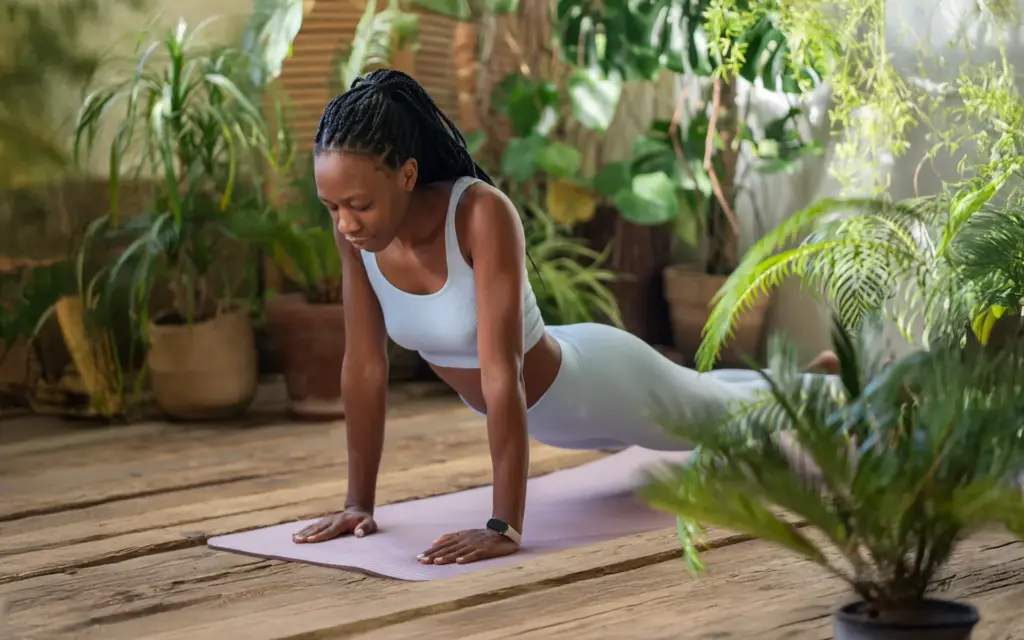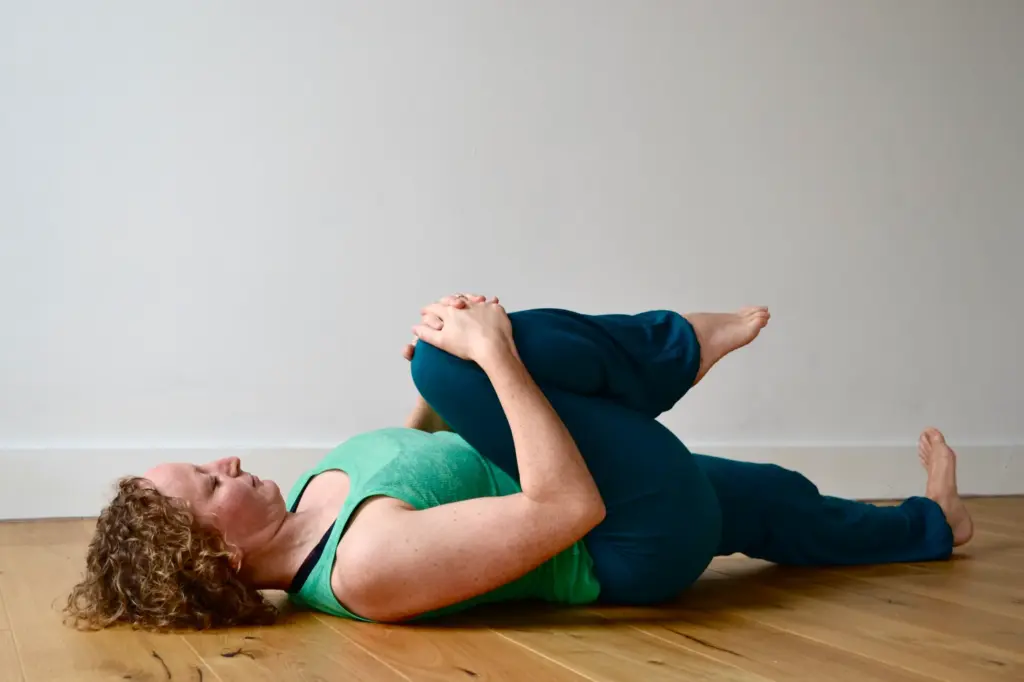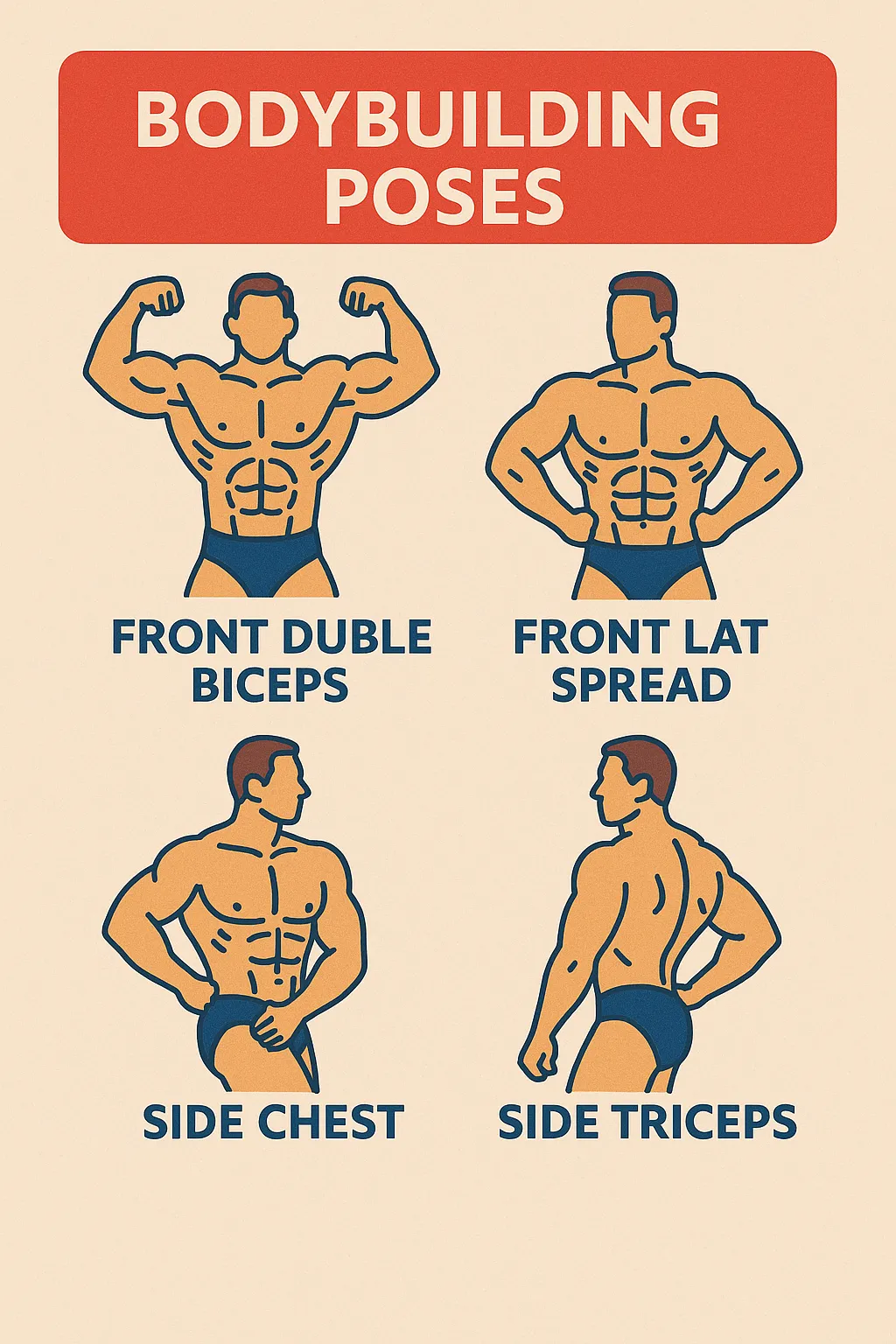Yoga and somatics, a form of movement therapy that retrains your brain and body to move and sense muscles, are combined in somatic yoga.

Despite the paucity of research on somatic yoga’s advantages, preliminary data indicates that it may help alleviate trauma, lower pain, and improve stress.
Fundamentals of Somatic Yoga
Yoga connects your mind and body by combining breathing techniques (pranayama), meditation, and postures (asanas).
Somatic Yoga Principles
Proprioception, exteroception, and interoception are examples of somatic principles that support awareness-raising:
• Interoception: Awareness of your body’s internal sensations, including pain, breathing, and heart rate.
• Exteroception: Awareness of the surroundings, including temperature, floor vibrations, and other outside influences.
• Proprioception: Understanding how your body moves, balances, and positions itself in space.
Somatic yoga combines these components, teaching you to be aware of your body’s sensations while moving, fostering self-awareness and empowerment.
Advantages of Somatic Yoga
There are numerous health benefits associated with practising somatic yoga:
Increases Awareness of the Mind-Body
Somatic yoga promotes awareness of thoughts, feelings, and physical sensations. This awareness can help you control your body’s responses to stress.
Lessens Persistent Pain
Research suggests a connection between emotions and chronic pain. Somatic yoga may help manage chronic pain by enhancing awareness of the body and mind.
Encourages Trauma Recovery
Somatic movement can assist individuals in dealing with the emotional effects and symptoms of trauma, potentially improving mood and cognitive abilities.
Sample Poses
Stress and trauma can lead to chronic muscle contractions, which somatic yoga can help alleviate. Consider these poses:
1. Sukhasana (Easy Pose)
• Use a cushion or bolster to elevate your pelvis.
• Bend your right leg and place your foot beneath your left thigh.
• Repeat with the left leg.
• Stretch your arms with palms facing up, resting on your knees.
2. Tadasana (Mountain Pose)
• Stand with a wide, solid base.
• Engage your quadriceps and plant your feet firmly.
• Roll your shoulders back and let your arms hang loosely.
• Maintain alignment for five to ten breaths.
3. Vriksasana (Tree Pose)
• Distribute weight evenly across your feet.
• Raise your arms and bring one foot to the inner thigh of the opposite leg.
• Focus on a stationary object to maintain balance.
• Switch sides after five to ten breaths.
How to Begin
Somatic yoga requires minimal equipment. Dress in comfortable clothing and consider using a yoga mat for support.
To find a somatic yoga studio, search for certified practitioners or explore online resources offering free workshops and tutorials.
Safety Tips
• Consult a medical professional before starting somatic yoga.
• Start slowly and seek guidance from a certified instructor.
• Recognise your body’s limitations to avoid injury.
A Brief Overview
Somatic yoga enhances the mind-body connection by fusing yoga with somatics. Preliminary research indicates it can help with pain, stress, trauma, balance, and flexibility. Consider seeking a somatic yoga instructor or enrolling in an online course to explore its benefits.







